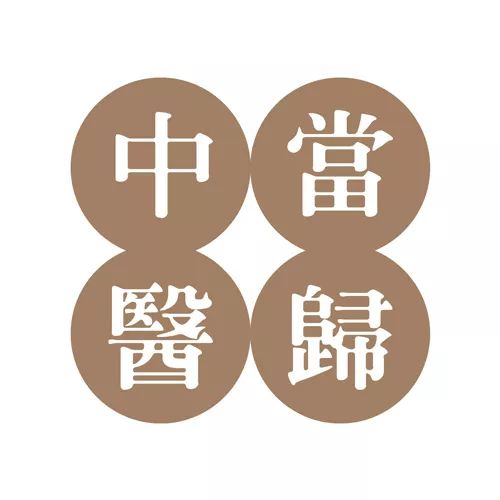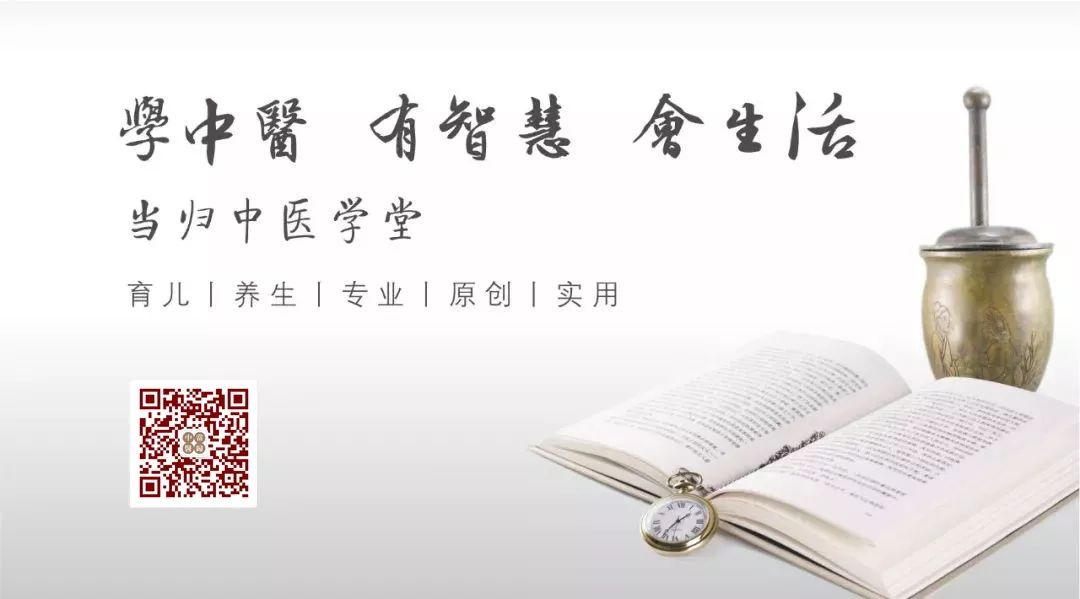Keywords: Chen Mai

Today, let’s talk about Chen Mai (沉脉).
Many friends often ask me if their pulse is particularly deep, whether it indicates a serious illness.
To answer this question, we must first understand what Chen Mai is.
1
What constitutes Chen Mai
Li Shizhen in his work Bin Hu Mai Xue stated: “Chen Mai is felt only when pressing heavily to the tendons and bones.” The Chinese Medicine Diagnosis text mentions: “A light touch does not respond, but a heavy press reveals it.”
We know that during pulse diagnosis, the pulse can be categorized into three levels: superficial, middle, and deep. A light touch is on the skin, a medium touch is on the muscle layer, and a heavy touch reaches the tendons and bones.
In simple terms, Chen Mai is when we press on the radial artery with our fingers (index, middle, and ring fingers) with increasing pressure:
- When pressing on the skin, no pulse can be felt;
- When pressing slightly harder to the muscle layer, the pulse is still not clearly felt;
- Only when pressing down to the tendons and bones can the pulse be distinctly felt;
- As we gradually relax and lift our fingers back to the skin level, the previously clear pulse sensation disappears.
At this point, the pulse felt only between the tendons and bones is referred to as Chen Mai.
2
What does Chen Mai indicate?
Many people believe that if the pulse can only be felt with significant pressure, it must indicate deficiency or coldness. However, the truth is that Chen Mai only signifies that the disease is located internally, without necessarily indicating cold or heat, deficiency or excess.
In other words, the superficial, middle, and deep pulse diagnosis only reveals the location of the disease, while the slow or rapid pulse indicates the presence of cold or heat, and the strength of the pulse reflects deficiency or excess.
When Chen Mai appears alongside other pulse types, it can provide more diagnostic significance.
-
Chen Mai combined with a rapid pulse indicates internal heat.
-
Chen Mai combined with a slow pulse indicates internal cold.
-
Chen Mai combined with a weak pulse often indicates deficiency of Yang Qi in the organs.
-
Chen Mai combined with a strong, wiry pulse often indicates Qi stagnation, water retention, or pain.
-
Chen Mai combined with a slippery pulse indicates phlegm and food stagnation.
-
Chen Mai combined with a choppy pulse often indicates Qi and blood stagnation.
-
Chen Mai combined with a tight pulse indicates internal cold pain.
-
Rapid Chen Mai often indicates internal heat accumulation, which can be corrected using methods to clear heat.
-
Slow Chen Mai requires warming Yang and dispelling cold, but if the pulse is slow and the tongue is red with a yellow coating, it indicates that the internal cold is a false appearance, and internal heat accumulation is the true issue.
-
If the pulse is slow and relaxed, it often indicates dampness accumulation, requiring warming and transforming dampness to resolve the issue.
-
Finally, if the pulse is deep and weak, it indicates deficiency of Yang Qi in the organs, requiring warming and tonifying Yang Qi to help restore the body’s Yang energy.
3
Not necessarily a disease
Many people, upon diagnosing their pulse as deep, automatically assume they are ill.
However, in real life, many individuals have a deep pulse but experience no pain or illness.
Thus, it is recorded in San Zhi Chan: “Many people with a deep pulse are not ill.” This indicates that if the pulse is deep but there are no discomforts and the individual has no chronic diseases and appears healthy, it is not a pathological pulse.
Additionally, during winter, as temperatures drop, Yang energy is stored internally, and blood circulation slows, resulting in a generally deeper pulse. This is a normal physiological phenomenon and does not indicate any disease.
Moreover, it is noted in Yi Yan: “Calm and deep individuals often have a deep pulse, and overweight individuals also tend to have a deep pulse.” This means that those who are usually calm and composed often exhibit a deep pulse.
Overweight individuals may have thicker subcutaneous fat, requiring more pressure to feel the pulse; if there are no signs of illness, it should not be hastily considered a pathological pulse.
In summary, Chen Mai indicates that the disease is located internally, primarily indicating internal conditions.
However, to accurately determine the nature of the disease regarding cold or heat, deficiency or excess, a detailed diagnosis through observation, tongue diagnosis, and inquiry is necessary for a more precise conclusion.

It is said that nowadays, many people exhibit Chen Mai, but I am skeptical.
Using the methods we discussed today, check your own pulse and comment to let me know if your pulse is deep and if you have any accompanying noticeable discomfort symptoms.
Let’s discuss and learn together!
What is a floating pulse like?


